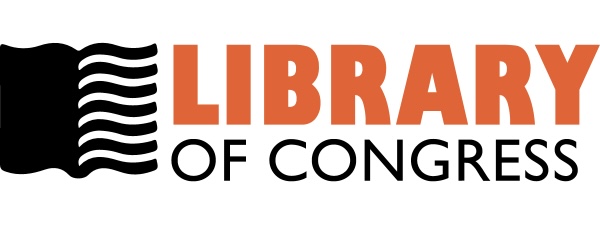In hospital outcome and complications of percutaneous coronary intervention in acute coronary syndrome, Gender Differences
DOI:
https://doi.org/10.32007/jfacmedbagdad.5041164الكلمات المفتاحية:
Acute coronary syndrome (ACS) , precutaneous coronary intervention (PCI)الملخص
Background: women with acute coronary syndrome have increased in-hospital morbidity & mortality as compared with men following percutaneous coronary intervention (PCI). It remains unclear if this difference secondary to the sex or other confounding variables.
Patients and Methods: We sought to examine the characteristics and outcomes of 71 consecutive women (49.2%) and men (50.7) undergoing PCI at The Iraqi Center of Heart Diseases from October 2005 to March 2006.
Results: There were significant differences in the baseline characteristics between both sexes. Women more frequently had SVD(single vessel desiease) (25.7% vs. 16.6%) and 2VD (37.1% vs. 16.6%) while Men were more frequently had 3VD(3 vessel disease) (66.6% vs. 31.4%) P value = 0.05. Women more frequently had LAD lesions (97.1% vs. 83.3%; P=0.05). Men had longer lesion length (13.60±7.75 vs. 12.42±5.12; P=0.03. The outcome of revascularization procedure reveal that the female cohort had a greater incidence of thrombosis (17.1% vs. 2.8% ; P=0.049) and myocardial ischemia (34.2% vs. 13.9%; P=0.044) during procedure and greater incidence of access site hematoma (31.4% vs. 2.7%; P=0.001), hypotension (25.7% vs. 5.6%; P=0.02), non-fatal MI (17.1% vs. 2.7%; P=0.044) and needed more repeated angiography and revascularization (17.1% vs. 5.5%; P=0.0049) during post procedural in-hospital period.
Conclusion: female gender is at greater risk for per procedural and post procedural in-hospital complication, these were not due to female sex itself, but because female have more co morbid diseases and risk factors with smaller body size and smaller blood vessels causing more risky PCI.




















 Creative Commons Attribution 4.0 International license..
Creative Commons Attribution 4.0 International license..


